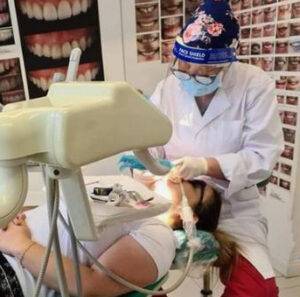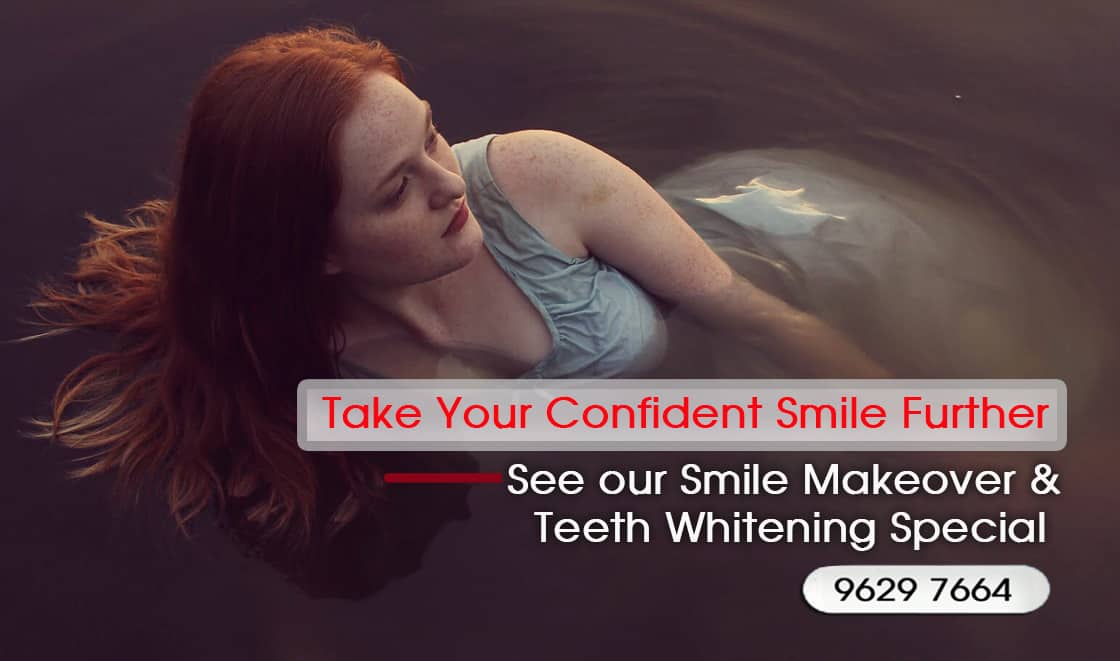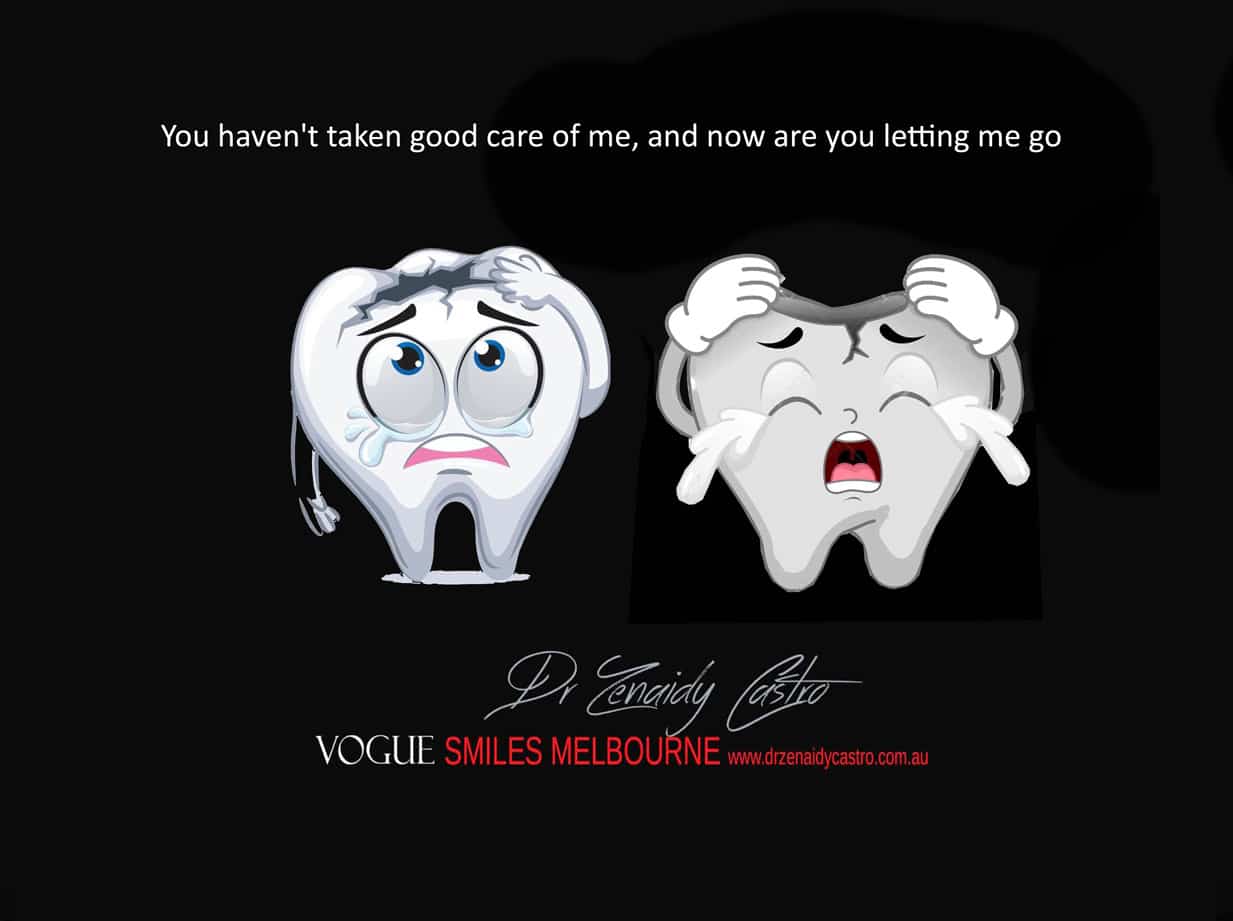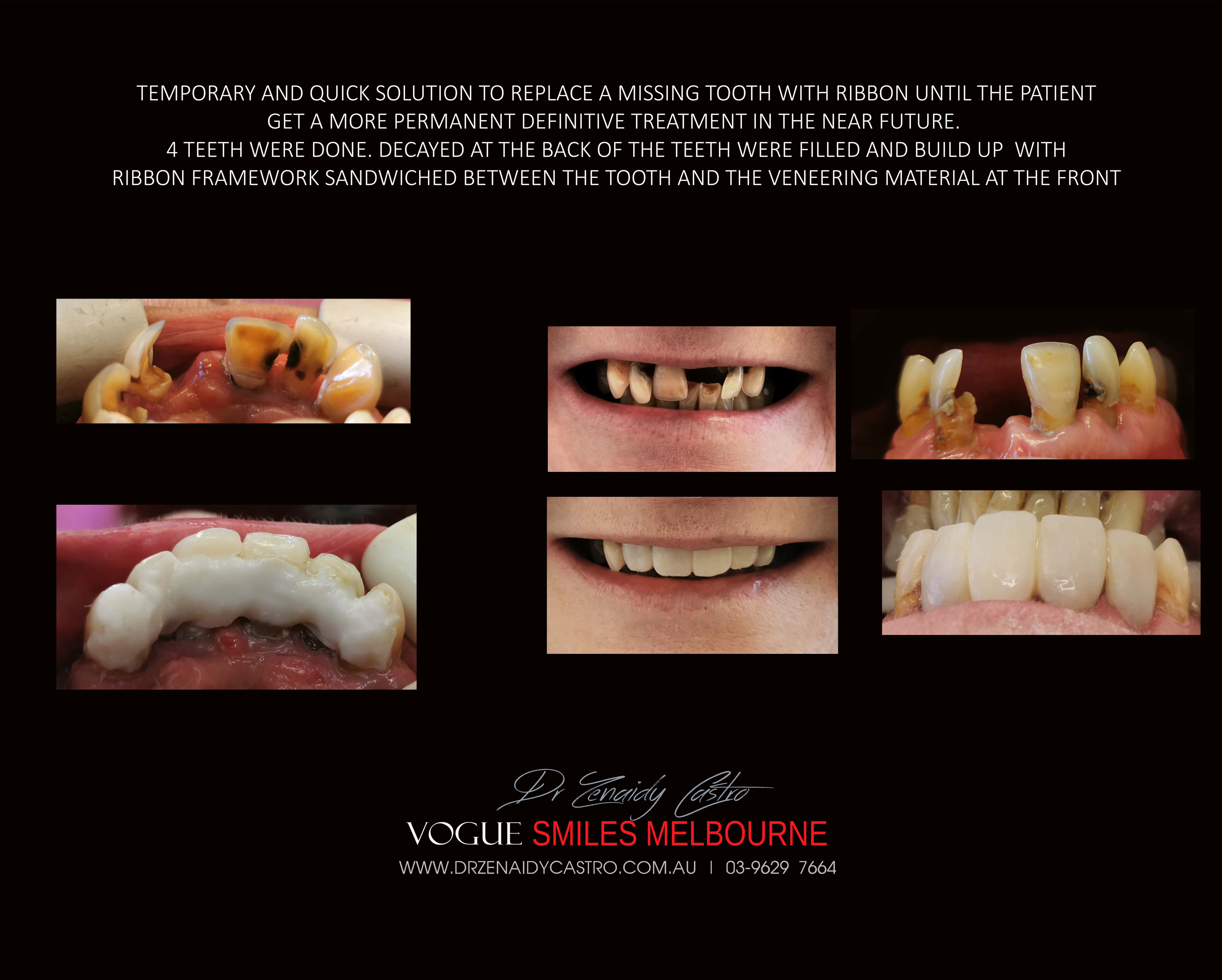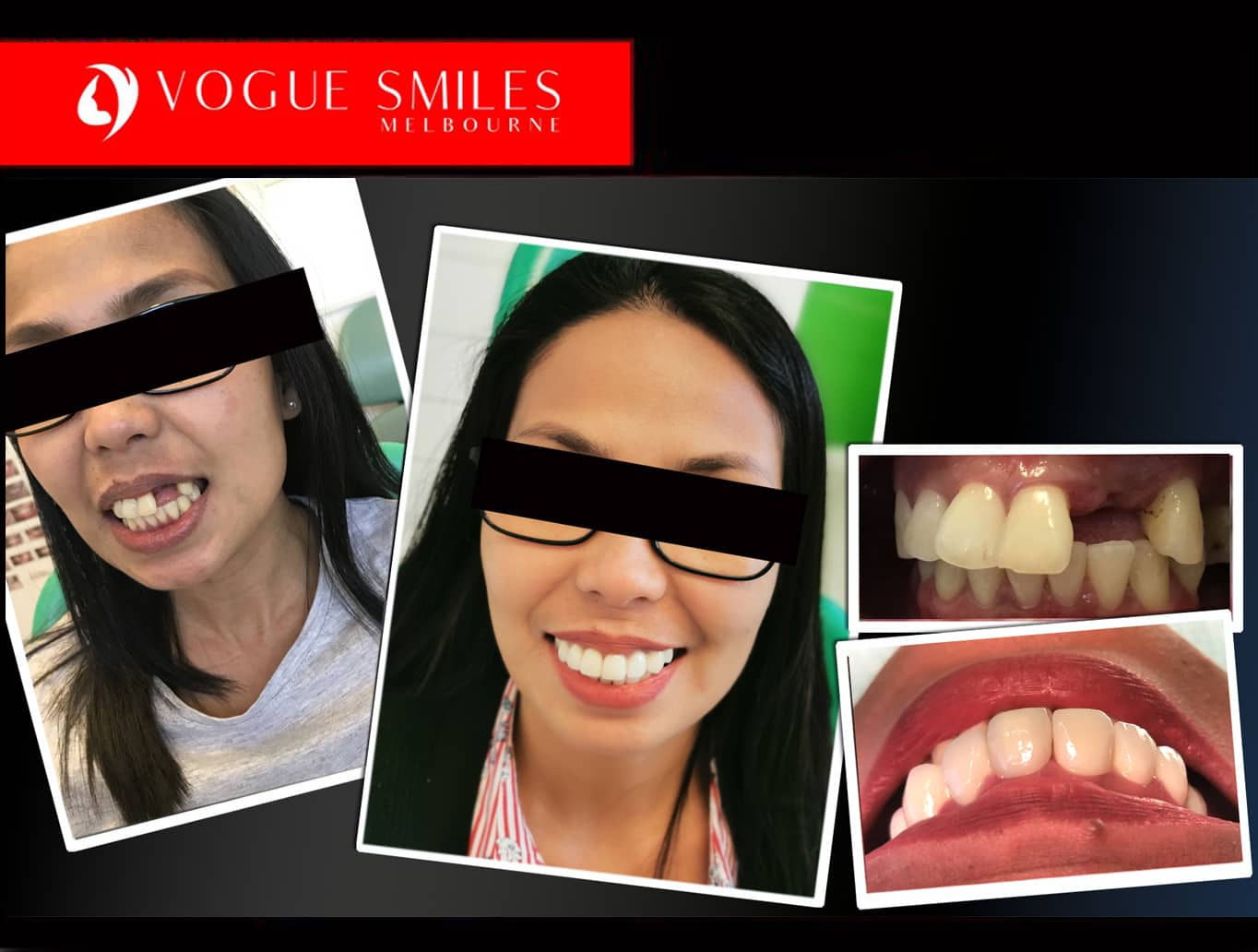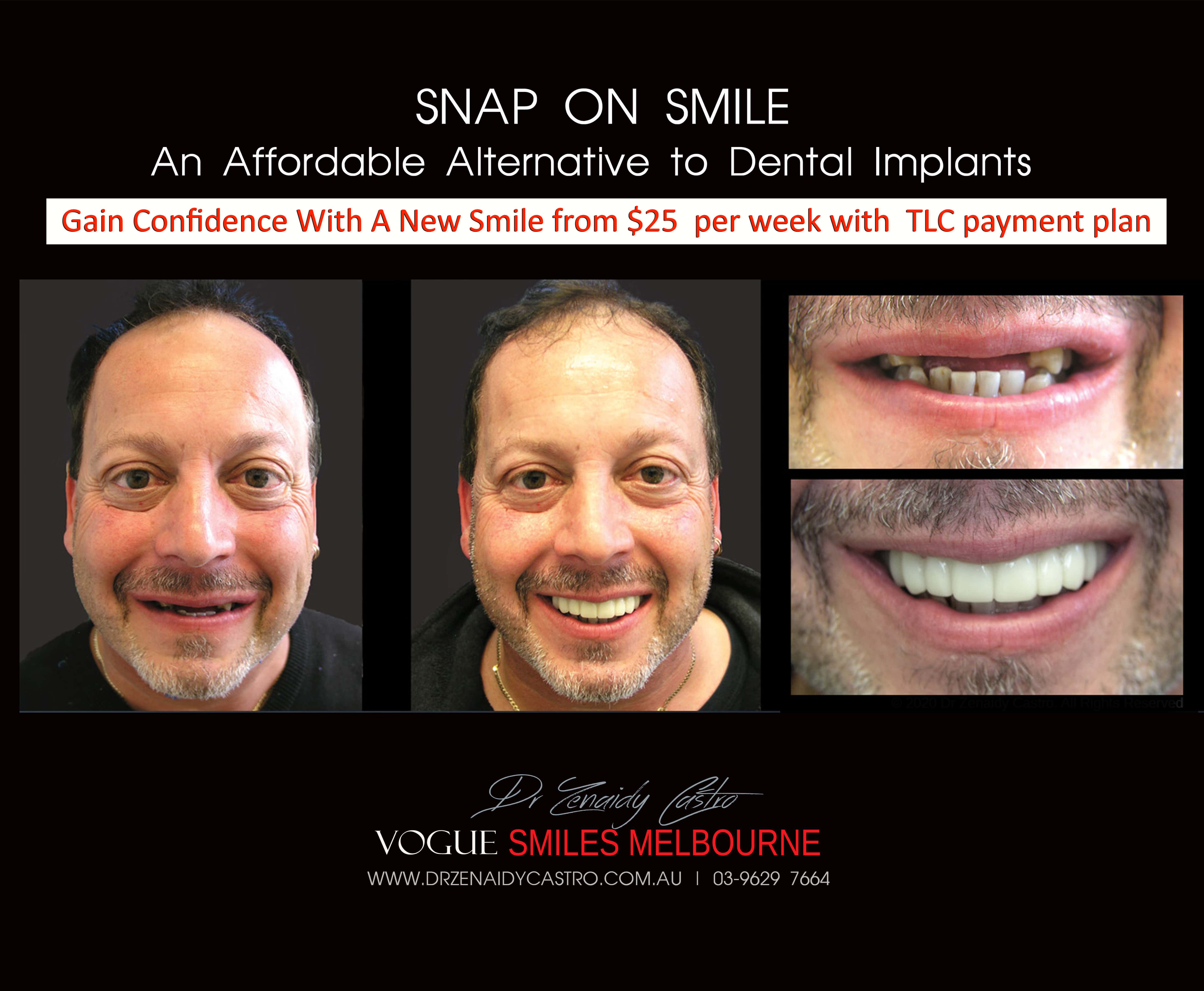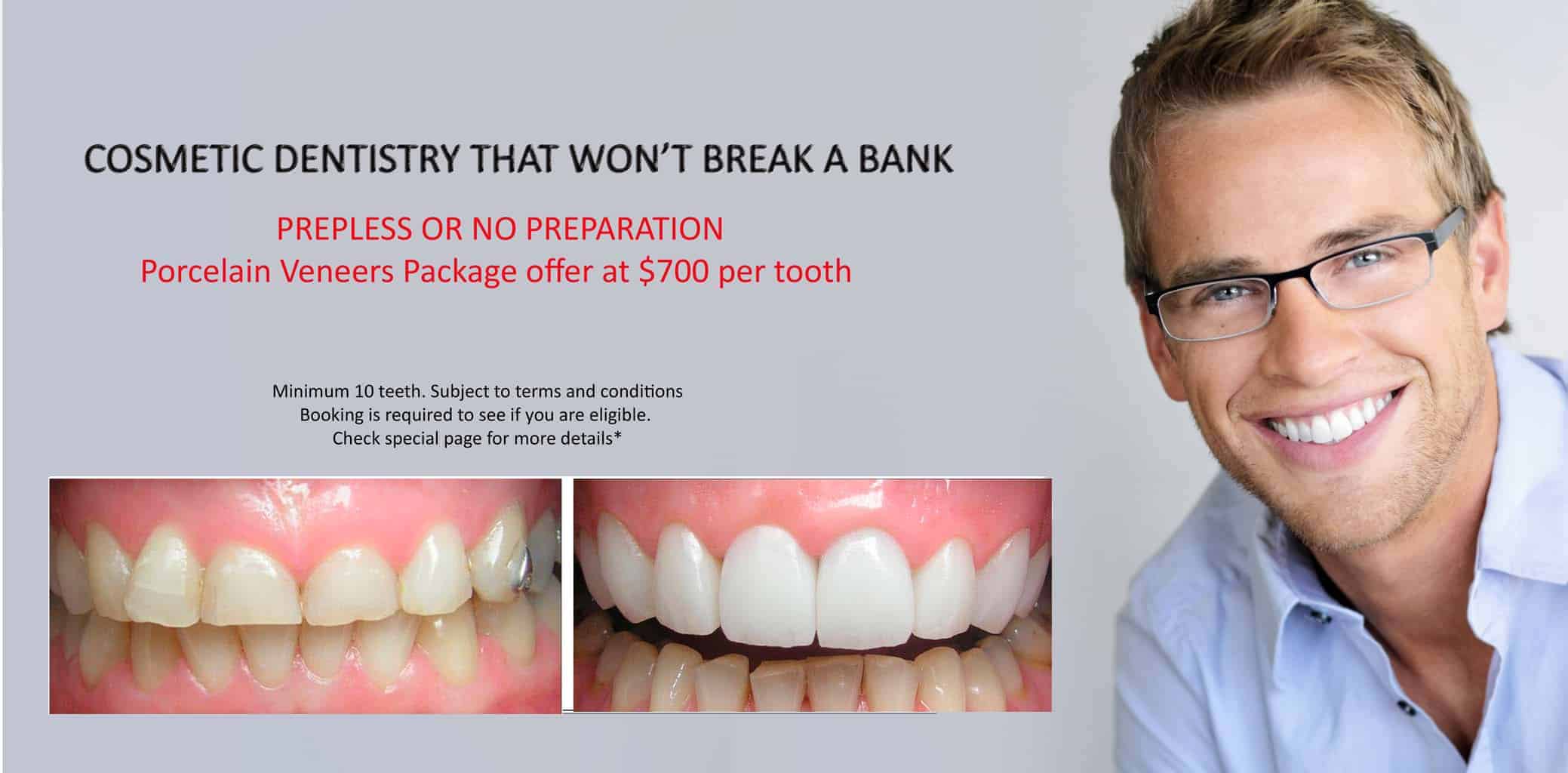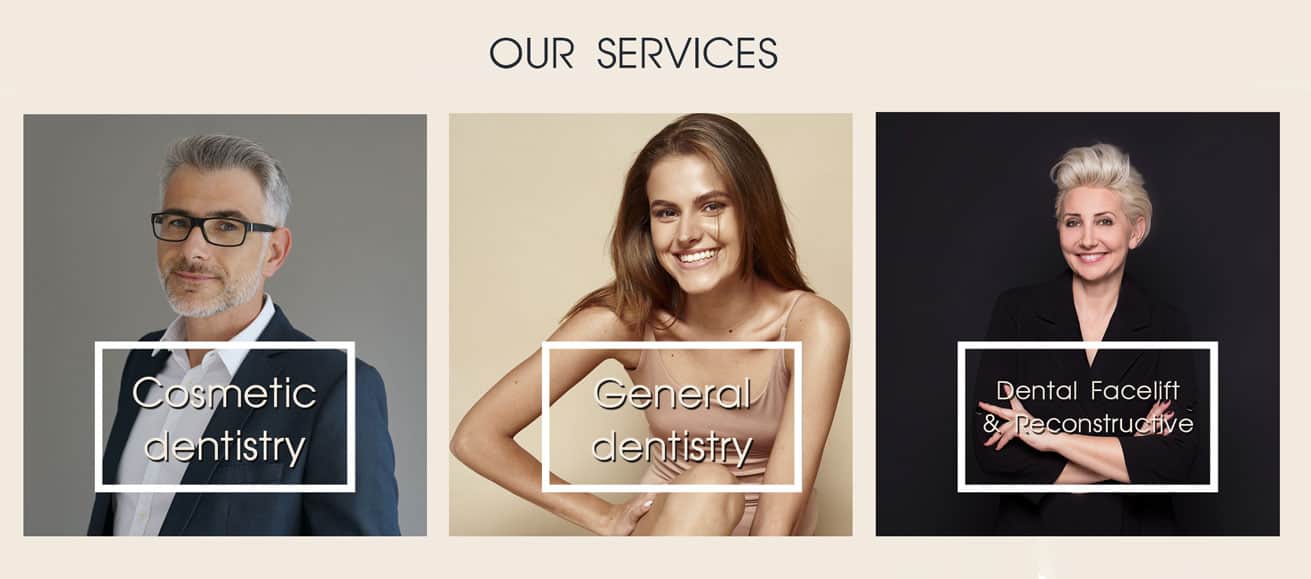Various factors contribute to the total cost of a Tooth Removal & Extraction including the location of the tooth, the severity of the impacted or broken tooth, the anesthesia to be used during surgery.. The price of a tooth removal is normally between $300 to $600 for one simple gum-erupted extraction. A surgical tooth extraction under general anesthesia or sedation done by specialist or surgeon, on the other hand, ranges from few hundreds to a thousand or two. Cases where we refer to surgeon are lower wisdom tooth extractions or for removal of damaged teeth via soft-tissue or complex surgical extraction.
Undergoing Tooth Removal & Extraction surgery can still cost quite a sum. However, this dental surgery is still needed especially if you are experiencing extreme pain, doesn’t have the financial capabilities and inclination to keep the tooth. Leaving the affected tooth untreated will only cause further oral problems that will only increase the number of expenses you need to pay for the added procedures
Painless, gentle Tooth Removal and Extractions in Melbourne
If you’ve been experiencing tooth pain, your inclination might be to just pull the problematic tooth and be done with it! Unfortunately, it’s not always that simple. So, before you choose to extract it, make sure you take time to understand the ramifications.
Painless, gentle Tooth Removal and Extractions in Melbourne
Painless, gentle Tooth Removal and Extractions in Melbourne
When possible, saving your natural teeth is the best option. While today’s dental prosthetics are made to last, they simply don’t have the same strength as natural teeth. Not only are natural teeth stronger, but they also offer better functionality than prosthetics or crowns. Plus, your natural teeth will are more durable and easier to care for.
When a tooth is extracted, it leaves behind a gap, even those back molars no one sees. While that gap can likely be filled with a bridge or implant, it will not take long before your healthy teeth on either side of the gap start to shift into this newly available space. Shifting teeth can result in issues with bite alignment, which may lead to further damage.
It’s important to remember that even if the goal is to ultimately opt for implants, the longer a space remains empty, the more movement is possible. Realistically, it could be several weeks or months before your permanent prosthetic can be placed. Gaps in smiles can impact your self-confidence, and patients often find that they are reluctant to laugh or smile due to embarrassment over how their teeth look.
Tooth Removal,Extraction Melbourne CBD – Dental Surgeon Melbourne
Tooth Removal,Extraction Melbourne CBD – Dental Surgeon Melbourne
- Filling a cavity to match the color of your existing teeth
- Root canal treatment to replace damaged nerves and preserve the tooth
- Lengthening an existing crown
Painless, gentle Tooth Removal and Extractions in Melbourne
Painless, gentle Tooth Removal and Extractions in Melbourne
While it is preferable to save your tooth, there are instances when an extraction is the best option. Your dentist will go over the best options for your individual situation, but an extraction will likely be recommended in the following instances:
Severe Tooth Decay – Tooth decay is caused by a build-up of plaque and tartar, which erode the enamel on your tooth, causing them to become brittle and weak. In cases of severe decay, an infection will likely occur, causing redness, swelling, and pain. When a tooth reaches this stage of infection, it is generally too weak to undergo rehabilitation. In these cases, tooth extraction is necessary and can be replaced with a dental bridge or implant to prevent future infection.
Gum Disease – Similar to tooth decay, plaque build-up is the primary cause of gum disease. Periodontitis, an advanced form of gum disease, impacts the bones that hold your teeth in place. If left untreated, it can ruin the gums, bones, and tissues connected to your teeth. When this happens, the only solution is to have the tooth extracted and replace it with a dental bridge or crown to safeguard the other teeth.
Tooth Impaction – Tooth impaction occurs when a tooth is positioned against another tooth, bone, or soft tissue. This makes it unlikely that the tooth will fully erupt through the gums to reach its normal position. This pressure makes the tooth vulnerable to infection, which can cause pain, swelling, and redness, or bleeding gums. While impaction can occur with any tooth, it’s most common with wisdom teeth.
Tooth Trauma – Trauma to teeth, whether from a sporting injury or a car accident, can be extremely painful. Depending on the severity of the trauma, your tooth might be too damaged to be saved. This is often the case when the tooth has been severely cracked, and the damage extends below the gum line.
Overcrowding – Much like tooth impaction, overcrowding occurs when there is insufficient space in your mouth for all of the teeth. Not only can overcrowding make straight smiles appear crooked, it can also cause a lot of pain. In situations where overcrowding makes it impossible to achieve proper alignment, removing the teeth in the back of the mouth opens space for the rest of the teeth to grow properly.
Lack of tooth structure – Each time your dentist works on a tooth, they remove some of your tooth structure. Every tooth has its limits in terms of how many times it can be worked on before it begins to fail. By the time you’ve had several fillings, crowns, and attempts at a root canal, there won’t be enough tooth structure left to support a long-lasting crown. In these cases, teeth generally cannot be, or are not worth, saving and should be removed and replaced with a dental implant.
As you can see, deciding when to save your tooth and when to have it removed requires consideration. The most important thing to remember is that time is of the essence! The longer you wait to see a dentist, the more damage may be incurred to gums and bones. And, since implants require healthy bone, waiting to see the dentist can limit your options.


